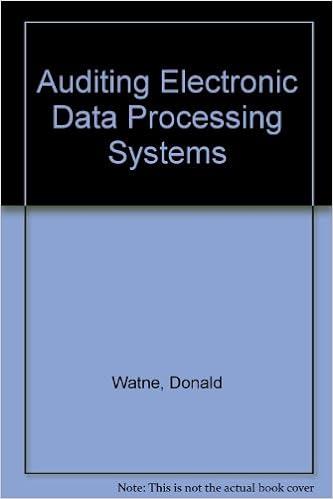Question
Starting in 2010, Chuck and Luane have been purchasing Series EE bonds in their name to use for the higher education of their daughter Susie,
Starting in 2010, Chuck and Luane have been purchasing Series EE bonds in their name to use for the higher education of their daughter Susie, who currently is age 18. During the year, they cash in $12,000 of the bonds to use for freshman year tuition, fees, and room and board. Of this amount, $5,000 represents interest. Of the $12,000, $8,000 is used for tuition and fees and $4,000 is used for room and board. Chuck and Luane's AGI, before the educational savings bond exclusion, is $128,200. Review 135, and answer the following questions. If an amount is zero, enter "0". a. Chuck and Luane, who will file a joint return, and Susie want to understand the tax consequences. For each statement below, help them by indicating whether the statement is "True" or "False". The Series EE savings bonds qualify as educational savings bonds. The room and board for a dependent qualify as higher education expenses. Since the redemption amount exceeds the qualified higher education expenses, only part of the interest qualifies for exclusion. Chuck and Luane's savings bond exclusion is not subject to any phase-out provision. If Chuck and Luane file a joint, how much is the savings bond exclusion? Round any division to five decimal places. Round your final answer to the nearest dollar. $fill in the blank
Step by Step Solution
There are 3 Steps involved in it
Step: 1

Get Instant Access to Expert-Tailored Solutions
See step-by-step solutions with expert insights and AI powered tools for academic success
Step: 2

Step: 3

Ace Your Homework with AI
Get the answers you need in no time with our AI-driven, step-by-step assistance
Get Started


